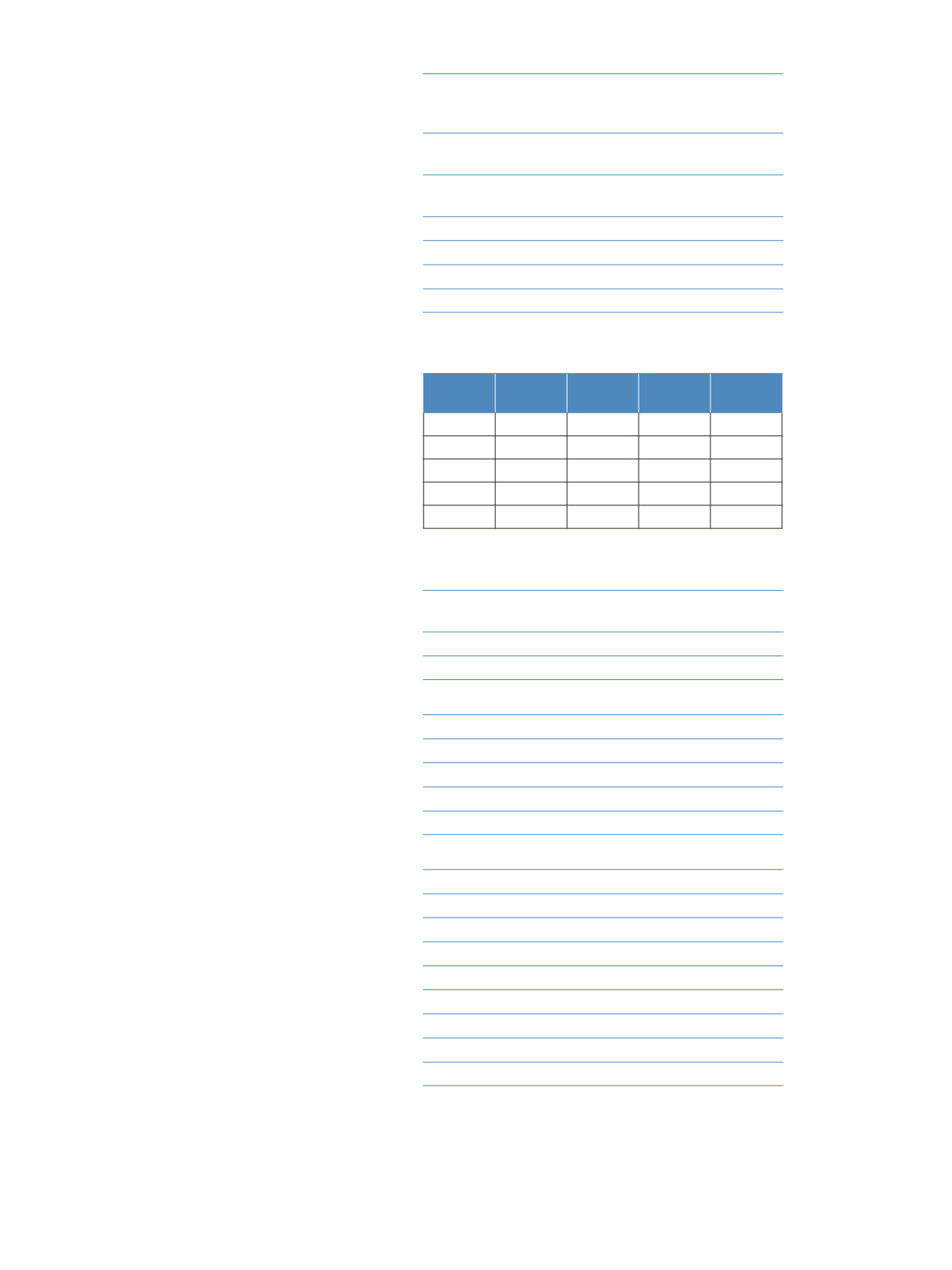
3
2AB Labeling Reaction
Carry out the labeling reaction using a modified reported
procedure.
4
1. Prepare the 2AB labeling reagent (100 µL): Dissolve
2-aminobenzamide (4.6 mg) in 70 µL of DMSO.
2. Add 30 µL of glacial acetic acid (100%) to the
mixture.
3. Transfer the complete solution to a black or light-
protected, screw-cap, 1.5 mL Eppendorf tubes
containing 6.4 mg of sodium cyanoborohydride.
4. Incubate the solution at 60 ºC for 10 min to dissolve
sodium cyanoborohydride completely. Occasionally
vortex the solutions. When all the solids are
completely dissolved, the 2AB labeling reagent is
ready to use for the labeling reaction.
5. Add 20 µL of 2AB labeling reagent to 50 µg of free
glycans and vortex to mix the solution. Then, incubate
the mixture at 60 ºC for 3 h.
Clean Up of Labeled Glycans
1. After completion of the 2AB reaction, add 250 µL
of acetonitrile to the vial at room temperature.
2. Purify the samples using a GlykoClean G cartridge;
pre-equilibrate the column with the following
solutions in the order they appear: wash with 3 mL
of deionized water, 3 mL acetonitrile, 3 mL of 96%
acetonitrile.
3. Add the labeled glycans to the pre-equilibrated
column.
4. Wash with 96% acetonitrile.
5. Elute the glycans with 5 mL of DI water.
6. Lyophilize the solution to dryness.
7. Upon dryness, dissolve the sample in 500 µL of water.
8. Further purify the labeled glycans using a size-
exclusion chromatography (SEC) Sephadex
®
column
to get highly pure labeled oligosaccharides.
9. Inject the samples onto an SEC column connected to
a UV detector. Equilibrate the column with 10 mM
ammonium acetate at a flow rate of 0.35 mL/min
until a steady baseline of 205 nm is achieved.
10. Run the column with 10 mM ammonium acetate for
90 min and collect glycan containing fractions using
UV detection at 205 nm.
11. Dry the combined fractions by lyophilization,
re-suspend with 1 mL of DI water. Quantify the
glycans
5
and then store the remaining sample
at -20 ºC for future use.
12. Ready for use as 2AB labeled
N
-glycan from fetuin.
Sample Preparation for Injection
1. Mix 25 μL of purified labeled glycans at 0.2 nmol/μL
in DI water with 75 μL of acetonitrile.
2. Transfer the total solution to the auto sampler vial
for analysis.
Note: Store the standard at -20 ºC.
Separation Conditions
Column
GlycanPac AXH-1,
2.1 x 150 mm,
1.9 µm
Mobile phase
A: acetonitrile + water
(80:20, v/v)
B: ammonium formate
(80 mM, pH 4.4)
Flow rate (μL/min)
400
Column temperature (ºC)
30
Sample volume (injected) (µL)
1
Mobile phase gradient
Refer to Table 1
Table 1. Mobile phase gradient
Time
(min)
% A
%B
Flow
(mL/min)
Curve
-10
97.5
2.5
0.4
5
0
97.5
2.5
0.4
5
30
87.5
12.5
0.4
5
35
75.0
25.0
0.4
5
40
62.5
37.5
0.4
5
MS Conditions
MS instrument
Q Exactive hybrid
quadrupole-OrbitrapMS
Source
HESI-II probe
Ionization mode
Negative ion
Full MS
MS scan range (
m/z
)
380–2000
Resolution
70,000
Microscans
1
AGC target
1 x 10
6
Max IT (ms)
60
dd-MS2
dd-MS2 resolution
17,500
Microscans
3
MS/MS AGC target
2 x 10
5
MS/MS max IT (ms)
250–1000
Isolation window (
m/z
)
2
NCE
35
Stepped NCE
8%
Dynamic exclusion (s)
90


